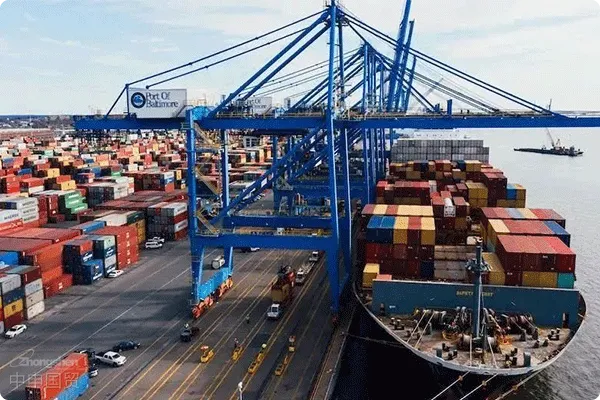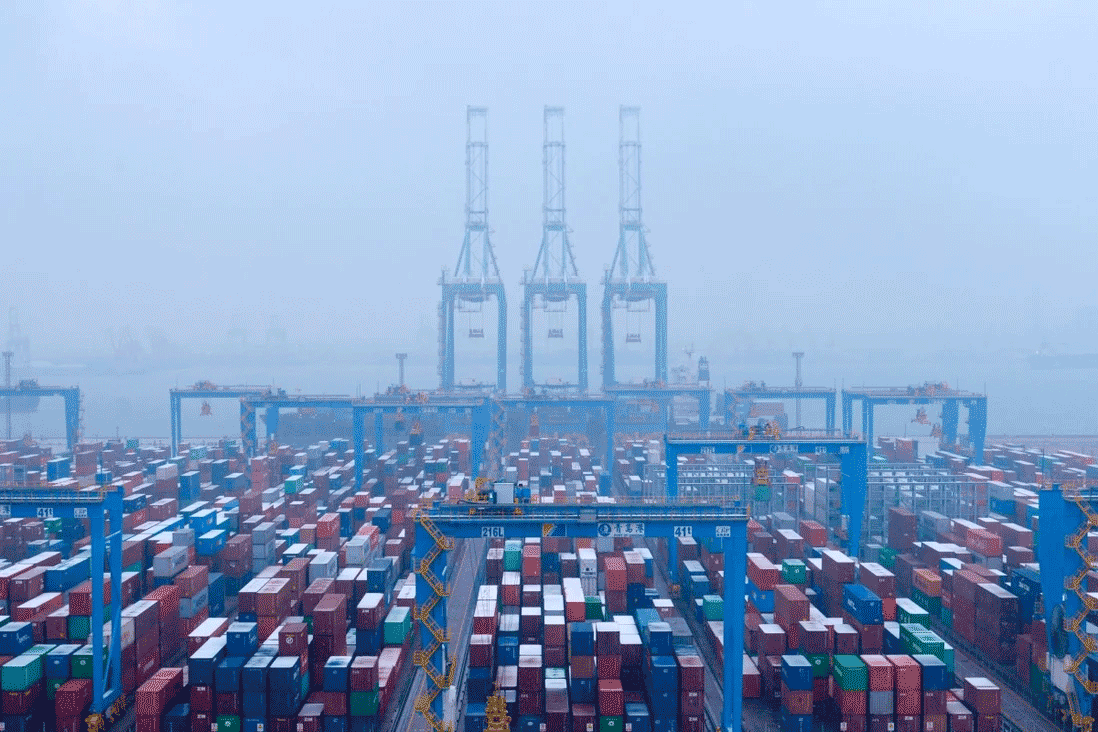- Shanghai Zhongshen International Trade Co., Ltd. - Two decades of trade agency expertise.
- Service Hotline: 139 1787 2118

2025 electromechanical hydraulicEquipment ImportsNew market trends
With infrastructure investment exceeding 12 trillion yuan, Chinas hydraulic equipment imports have maintained a growth rate of over 15% for three consecutive years. However, the latest 2025 data from the General Administration of Customs shows that the error rate in declaration of electromechanical products is as high as 32.7%, with compliance issues for hydraulic system components being particularly prominent due to complex classification.
Three hidden minefields in the import process
Technical parameter misinterpretation leading to classification deviation:
- A company declared hydraulic power units as hydraulic pumps (HS 8413.60) when they should actually be classified as hydraulic system devices (HS 8412.60)
- Incorrect classification resulting in a 7.8% tariff difference, triggering subsequent customs audits
Blind spots in mandatory certification updates:
- 2025 edition3CSolenoid valve products added to certification catalog
- Special-purpose equipment requires advance application for out-of-catalog identification
Technical mismatches in logistics solutions:
- Precision hydraulic componentsMaritime TransportationTemperature control requirements (±2℃)
- Oversized equipment road transport requires special vehicle permits
Deconstructing the Value of Professional Agency Services
Core differences between self-declaration and professional services:
- Tariff Planning:
- Utilize provisional tariff policies to save 4-6% costs
- Specific hydraulic components may apply for preferential FTA tariff rates
- Clearance timeline:
- Professional pre-classification reduces customs clearance time by 50%
- Emergency handling of abnormal declarations saves 7-10 working days
- Risk control:
- 100% inspection compliance guarantee
- Establish fast-track customs clearance channels for AEO-certified enterprises
Analysis of Typical Service Scenarios
Case 1: Import of engineering machinery hydraulic systems
- Equipment features: Integrated system containing proportional valves and servo cylinders
- Solution:
- Split declaration avoids high whole-machine tariff rates
- Apply for duty-free quotas on key components
Case 2: Transportation of precision hydraulic testing equipment
- Technical challenge: Shockproof level must meet ASTM D4169 DD standard
- Implementation plan:
- Customized air-suspension transport vehicles
- Real-time temperature and humidity monitoring system
Five key indicators for selecting service providers
- Customs AEO Advanced Certification qualification
- Return rate for electromechanical products below 3%
- Possess special equipment transportation filing
- Localized customs declaration team configuration
- Complete after-sales technical traceability system
Compliance management for imported electromechanical hydraulic equipment has evolved from single customs clearance services to comprehensive solutions integrating technical flows, data flows, and policy flows. Professional agencies help enterprises control declaration error rates below 1% by establishing a full-cycle management system of declaration anticipation-process monitoring-after-sales traceability, achieving dual improvements in trade compliance and cost optimization.
Related Recommendations
? 2025. All Rights Reserved. Shanghai ICP No. 2023007705-2  PSB Record: Shanghai No.31011502009912
PSB Record: Shanghai No.31011502009912










